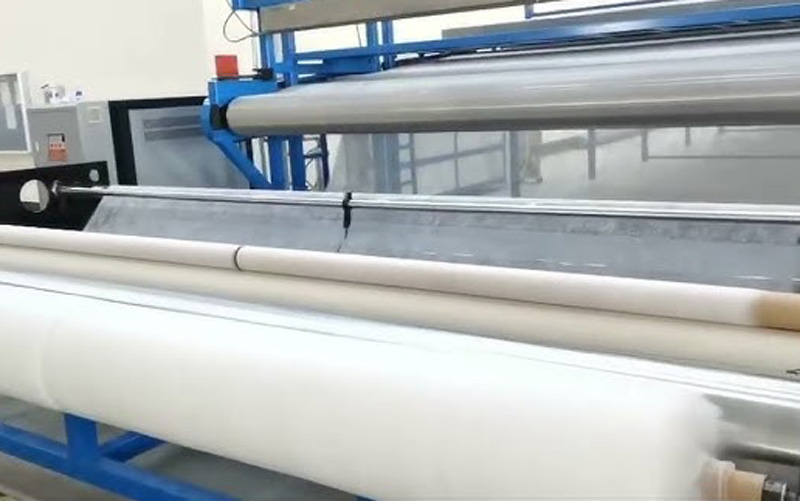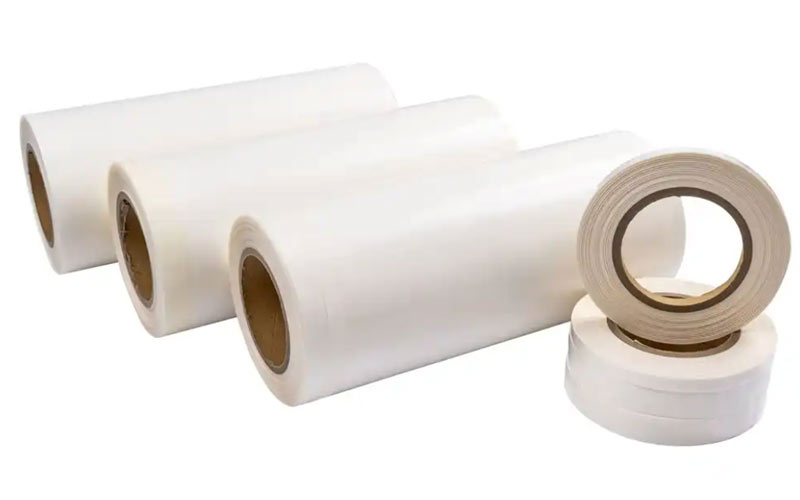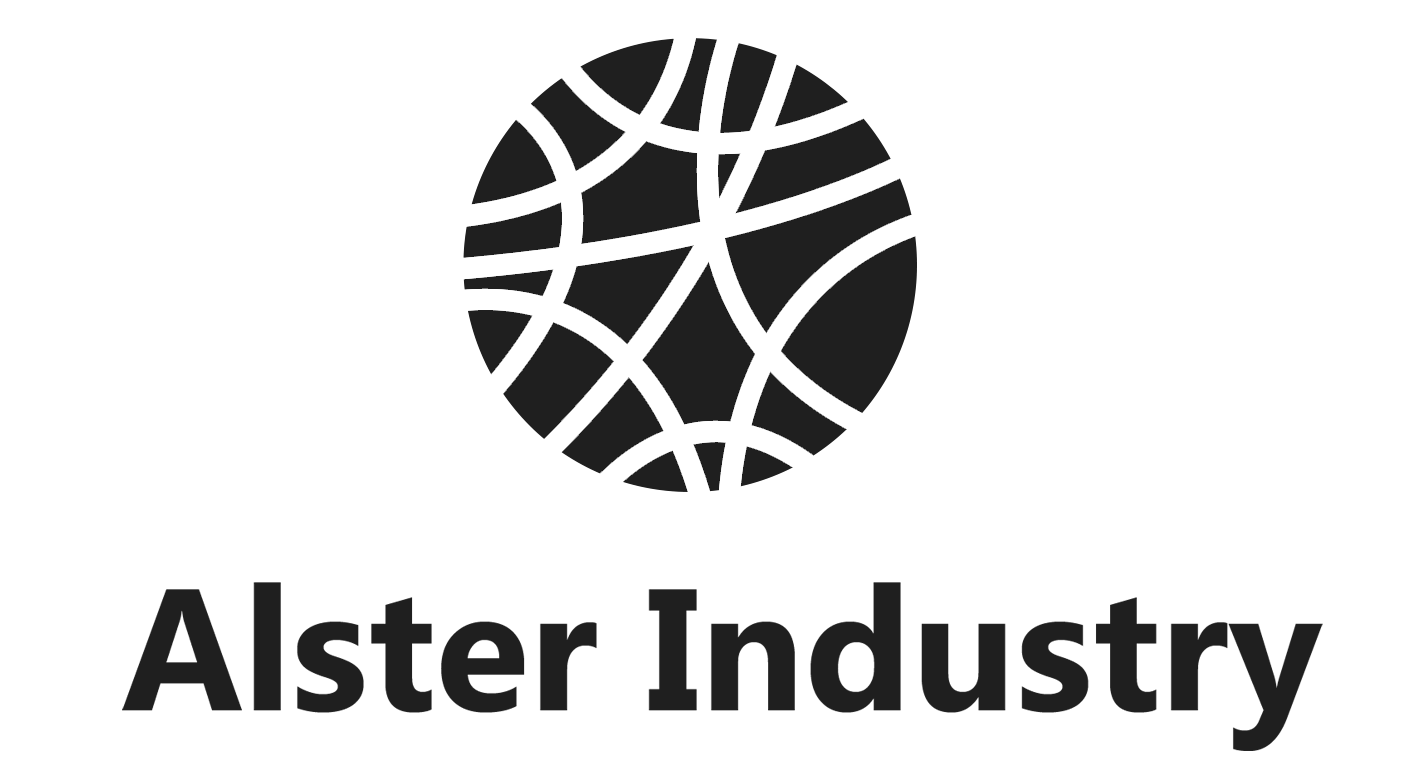The adhesive film market has grown rapidly in recent years, driven by innovations in materials science, industrial automation, and sustainable bonding technologies. From electronics and automotive manufacturing to textiles, medical devices, and packaging, adhesive films play a crucial role in creating durable, lightweight, and high-performance products.
This article explores the global adhesive film market, including its current trends, major applications, regional developments, and future growth prospects. It also examines how materials like hot melt adhesive film and TPU film are shaping the next generation of bonding solutions.

Overview of the Adhesive Film Market
Adhesive films are thin, flexible layers coated with bonding agents designed to adhere two surfaces together when heat or pressure is applied. Unlike traditional liquid adhesives, films offer cleaner, faster, and more precise bonding solutions.
The global adhesive film market is witnessing significant growth, mainly because of the rising demand for lightweight materials, eco-friendly manufacturing, and high-speed assembly in various industries. Adhesive films are now replacing screws, rivets, and welding in many applications due to their ease of use and performance consistency.
Market Size and Growth Outlook
According to industry analyses, the global adhesive film market is projected to reach several billion USD by 2030, growing at a steady CAGR of around 6–8%.
Key factors driving this growth include:
Expansion of the automotive and electronics sectors.
Rising use of TPU films and hot melt adhesive films for flexible and recyclable bonding.
Increasing demand for wearable devices, smart textiles, and medical sensors.
Key Types of Adhesive Films
The adhesive film market includes several major types, each with its unique properties and applications.
2.1 Hot Melt Adhesive Film
Hot melt adhesive film is a solvent-free bonding material that melts when heated and solidifies upon cooling, forming a strong and flexible bond. It’s often used in textiles, automotive interiors, electronics, and shoe manufacturing.
Advantages:
No need for solvents or curing agents.
Fast bonding speed and clean processing.
Excellent adhesion to various substrates such as fabric, metal, plastic, and leather.
Applications:
Hot melt adhesive films are commonly applied in lamination of fabrics, car interior panels, mobile phone parts, and furniture edging. Their eco-friendly and efficient nature makes them ideal for mass production lines.
2.2 TPU Film (Thermoplastic Polyurethane Film)
TPU film is another key material in the adhesive film market, known for its flexibility, abrasion resistance, and transparency. Unlike other thermoplastics, TPU offers both softness and mechanical strength, making it ideal for bonding flexible materials.
Features:
Excellent elasticity and transparency.
Good resistance to oil, chemicals, and wear.
Suitable for hot lamination and thermoforming.
Applications:
Sportswear and outdoor apparel for waterproof or breathable coatings.
Automotive interiors, seats, and decorative trim bonding.
Medical devices and wearable electronics that require flexible and skin-safe adhesion.
2.3 Thermoplastic Adhesive Film
This type of film softens when heated and forms strong bonds upon cooling. It’s widely used in textile bonding, aerospace components, and electronics assembly.
Thermoplastic adhesive films offer excellent reworkability, meaning components can be separated and re-bonded if necessary, reducing waste and improving manufacturing efficiency.
Applications of Adhesive Films Across Industries
The versatility of adhesive films makes them suitable for a wide range of industries. Below are some of the key sectors where adhesive films are transforming production and design.
3.1 Automotive Industry
The automotive sector is one of the largest consumers of adhesive films. Modern cars are designed with lightweight materials such as aluminum, plastic composites, and synthetic fabrics — all of which require flexible bonding solutions.
Adhesive films are used for:
Bonding trim panels, fabrics, and decorative surfaces.
Laminating headliners and soundproofing layers.
Securing sensors and electronic components in EVs and autonomous vehicles.
As electric vehicles (EVs) and sustainable manufacturing practices rise, hot melt adhesive films and TPU films offer low-VOC, recyclable solutions that align with environmental regulations.
3.2 Electronics and Electrical Industry
In electronics, adhesive films provide precision and reliability. They are used in:
Display lamination for smartphones, tablets, and TVs.
Bonding flexible circuits and touch screens.
Thermal management applications requiring strong adhesion and insulation.
With growing demand for flexible electronics and miniaturized devices, thermoplastic adhesive films help manufacturers achieve cleaner assembly, reduced weight, and enhanced performance.
3.3 Textile and Footwear Industry
Adhesive films have revolutionized textile bonding by replacing stitching and liquid adhesives. Hot melt adhesive films are particularly popular in:
Seamless clothing and sportswear manufacturing.
Waterproof, breathable jackets and outdoor gear.
Footwear assembly, where TPU and EVA-based adhesive films provide durable and flexible bonding.
These films not only enhance comfort and design but also reduce labor costs and production time.
3.4 Aerospace and Defense
In aerospace, adhesive films are used in interior panels, insulation, and composite bonding. Their lightweight nature helps reduce aircraft weight, improving fuel efficiency.
Films must meet strict standards for temperature resistance, flame retardancy, and mechanical stability — areas where high-performance hot melt and thermoplastic films excel.
3.5 Medical and Healthcare
Medical-grade adhesive films are gaining popularity for their biocompatibility and sterility. TPU films are often used in wound dressings, medical tapes, and wearable biosensors.
In this field, adhesive films must offer:
Skin-friendly adhesion and breathability.
High transparency for monitoring conditions.
Compatibility with sterilization methods like gamma irradiation.
Regional Market Insights
Asia-Pacific (APAC)
The Asia-Pacific region leads the global adhesive film market due to strong manufacturing bases in China, Japan, South Korea, and India.
Key industries such as automotive, consumer electronics, and textiles are expanding rapidly, creating high demand for hot melt adhesive film and TPU film in industrial applications.
North America
The U.S. and Canada markets are driven by aerospace, medical devices, and automotive innovation. Increasing emphasis on sustainable and recyclable adhesive materials is shaping new developments in TPU-based bonding technologies.
Europe
Europe’s adhesive film market benefits from the automotive and renewable energy industries, with strict environmental regulations encouraging the use of solvent-free and recyclable adhesive films.

Key Market Drivers
Sustainability and Environmental Regulations
The global push for eco-friendly materials is encouraging manufacturers to replace solvent-based adhesives with hot melt or thermoplastic adhesive films. These films emit no volatile organic compounds (VOCs) and reduce waste, making them a sustainable bonding solution.
Lightweight Material Adoption
Automotive and aerospace sectors are shifting toward lightweight composites to enhance efficiency. Adhesive films enable seamless joining of dissimilar materials without mechanical fasteners, reducing overall weight.
Technological Innovations
Continuous advancements in polymer chemistry are improving film properties such as temperature resistance, flexibility, and bond strength. Smart adhesive films with electrical conductivity and self-healing capabilities are also being researched.
Challenges in the Adhesive Film Market
Despite strong growth, the market faces challenges:
High initial cost compared to traditional adhesives.
Temperature limitations for certain polymers.
Complex lamination processes in multi-layer bonding.
However, ongoing R&D and automation improvements are addressing these challenges, expanding the use of adhesive films in both industrial and consumer products.
Future Trends and Opportunities
The future of the adhesive film market looks highly promising, with trends such as:
Smart and Functional Adhesive Films
Future films will not only bond materials but also conduct electricity, dissipate heat, or monitor strain and pressure. Such features are critical for next-generation wearables and IoT devices.
Biodegradable and Recyclable Adhesive Films
With sustainability at the forefront, manufacturers are developing bio-based hot melt films and recyclable TPU films derived from renewable feedstocks.
Automation and Precision Manufacturing
As industries move toward Industry 4.0, adhesive films support automated production lines with precise, consistent bonding performance — a major advantage over traditional glues.

Conclusion
The adhesive film market is entering a dynamic phase of innovation and expansion. From hot melt adhesive film for rapid lamination to TPU films for flexible and sustainable bonding, manufacturers are finding new ways to improve product performance and environmental compliance.
As industries continue to embrace lightweight, multifunctional, and eco-friendly materials, adhesive films will remain at the heart of this transformation. Their combination of precision, cleanliness, and versatility ensures that they will play a central role in the future of global manufacturing.
